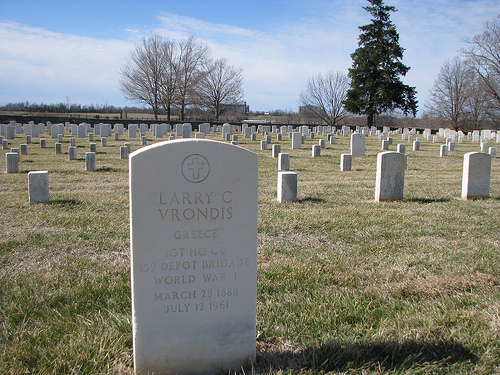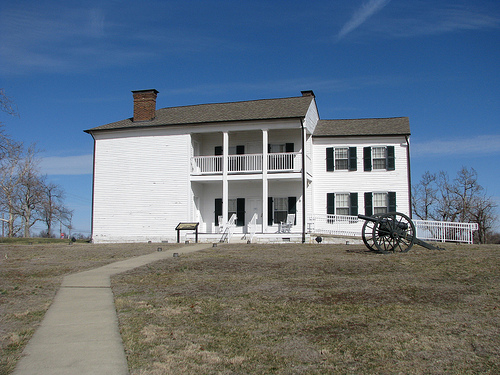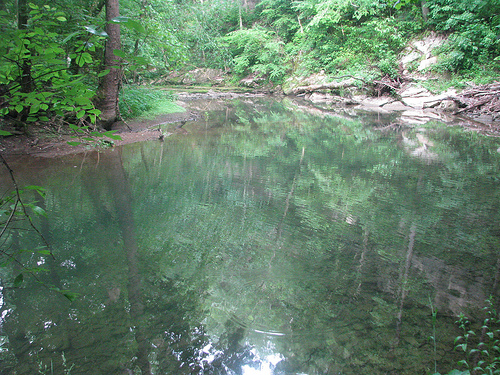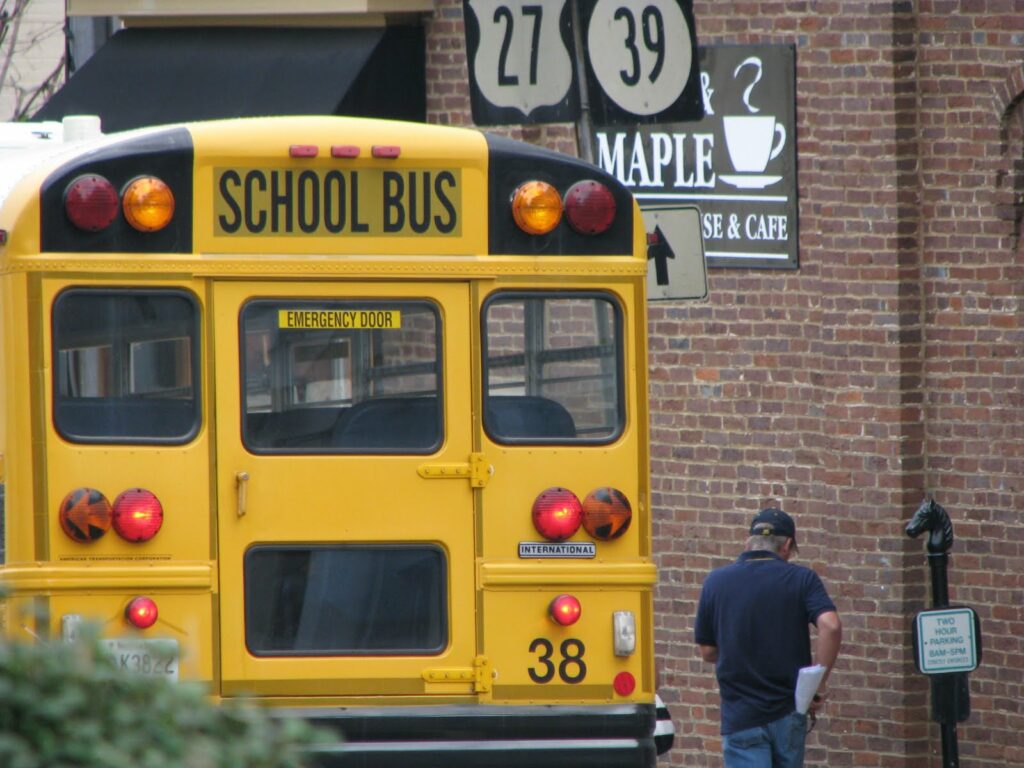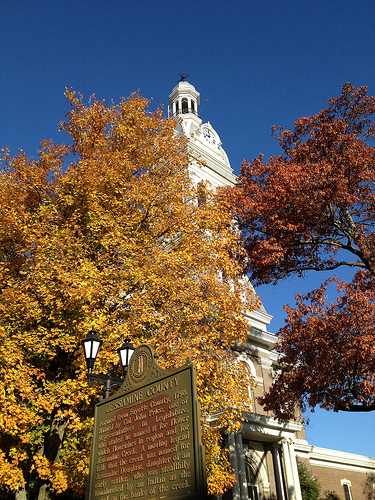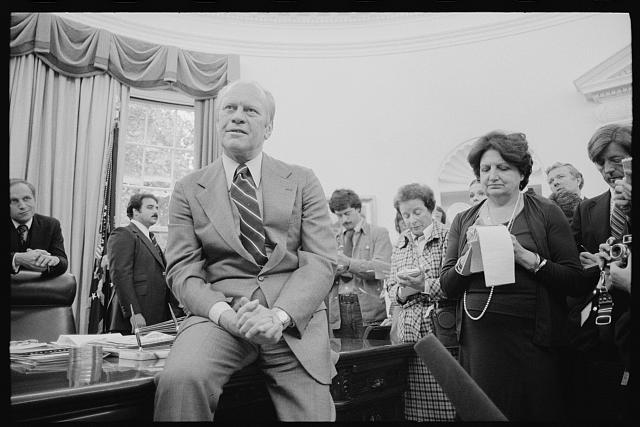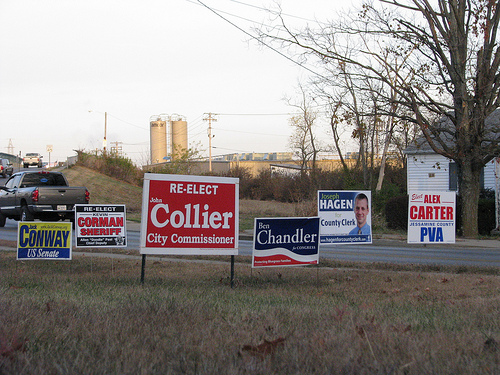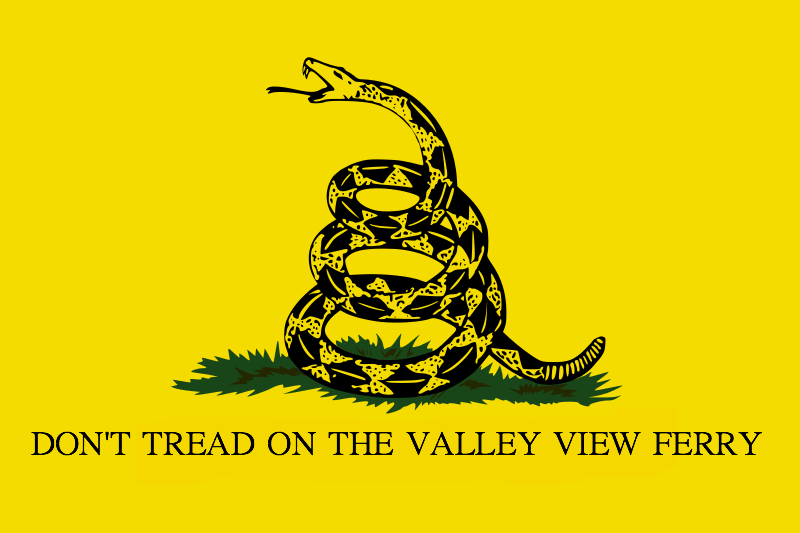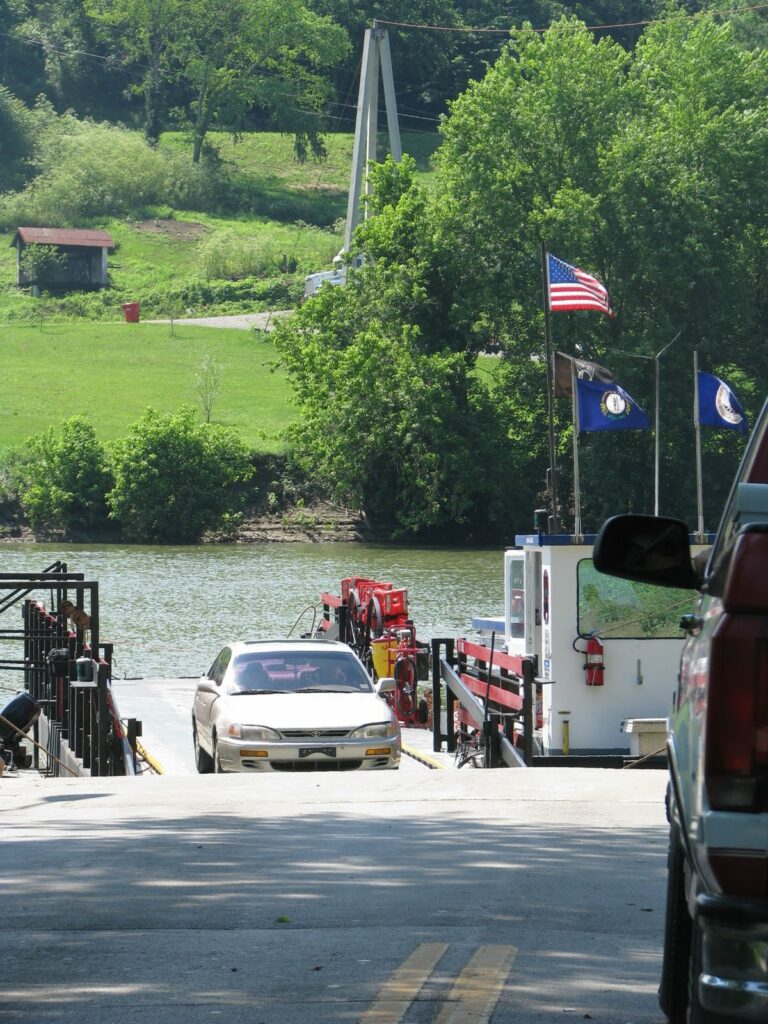 |
| Wini Yunker descending the Lexington Financial Center in downtown Lexington, Kentucky |
Last Wednesday, I slipped out of the office for about 30 minutes to stand at the base of the Lexington Financial Center with the rest of “Team Wini.”
A good number from Nicholasville had come to downtown Lexington to watch Wini Yunker participate in Brave the Blue II in which those fundraising $1,000 or more for the Blue Grass Council of the Boy Scouts of America could rappel down the western façade of Lexington’s tallest structure.
Let’s make sure we all understand what was going on at the moment.
Wini, 79, was strapped into a harness and prepared to rappel down the side of the 410-foot tall Big Blue Building.
I, 30, was standing with my two feet safely on Lexington’s Mill Street with a coffee in my hand.
Her experienced hands maneuvered the ropes for a quick descent and she loosened a snag herself when she became caught about two-thirds of the way down.
Yes, my friend Wini Yunker hardly acts the age of a near-octogenarian. But I’d suggest that for Wini, age has always been just a number. It has no bearing on what can be accomplished.
She is, and always has been, an inspiration for us all.
Wini was the subject of an article in the New York Times that described her proximity to the White House in 1961. It was there that she received, with sadness, a denial letter from the Peace Corps.
The Nicholasville native was told that she had insufficient educational experience to join the Corps.
An article from the Louisville Courier-Journal describes how Wini later earned her college degree from Spalding University in Louisville. A master’s degree from the University of Kentucky followed.
Those two articles were written in 2000 — 39 years after Wini was denied admittance to the Peace Corps. Both her bachelor’s and master’s degrees were received in the late 1990s.
The reason for the publication of the two articles? Wini was on her way to Ukraine as a member of the Peace Corps.
U.S. Sen. Mitch McConnell addressed the Senate on Jan. 31, 2000, in tribute to Wini Yunker as she was getting ready to depart for Kiev:
At a time in her life when most people are beginning to think of retirement and slowing the pace of their lives, Ms. Yunker is instead boldly venturing out on a new journey. She is reaching high for a new goal that will not only make a lasting impact on her own life, but also on the lives of those she leaves the country to help.
 |
| Yunker receives the key to the city of Nicholasville from Mayor Russ Meyer. |
While in Ukraine, she met President Bill Clinton. Although she froze when he took her hand, Wini didn’t want to miss the opportunity to speak to the president. So she slipped to the end of the receiving line where they again shook hands.
“God bless you, Mr. President,” Wini said the second time around.
And Clinton responded, “Nice to see you again.”
It is just another example of this incredible woman’s refusal to miss an opportunity regardless of what obstacles might lie in her path.
Thirteen years after her departure for Kiev, Wini shows no sign of “slowing the pace” of her life. And, quite literally, she is taking her “can do” attitude to new heights.
Wini Yunker continues to be an inspiration for us all.

This column originally appeared in the Jessamine Journal.
It should not be republished without permission.

